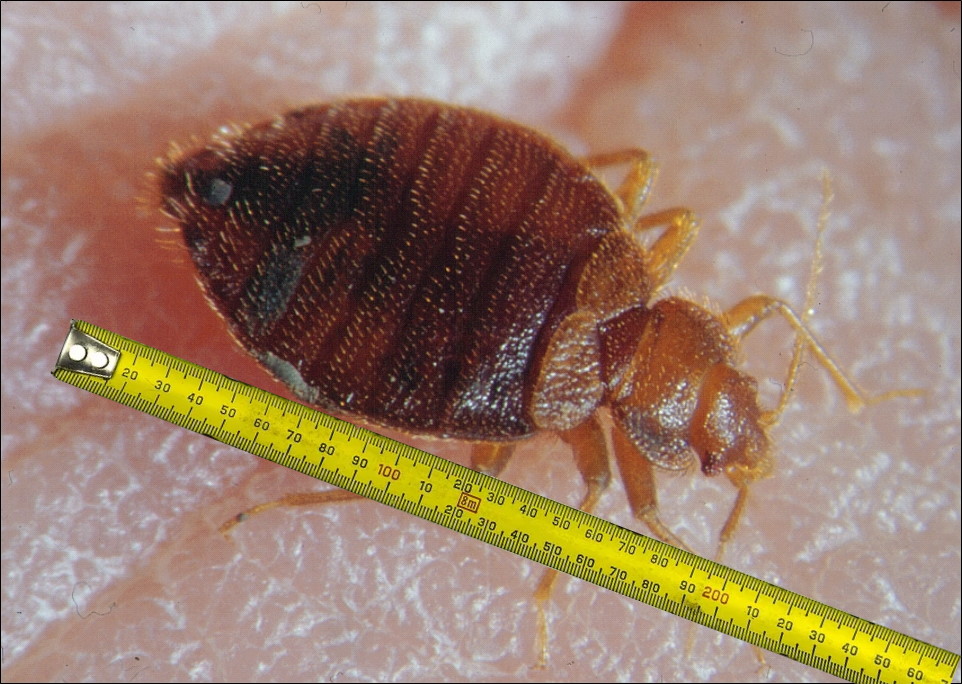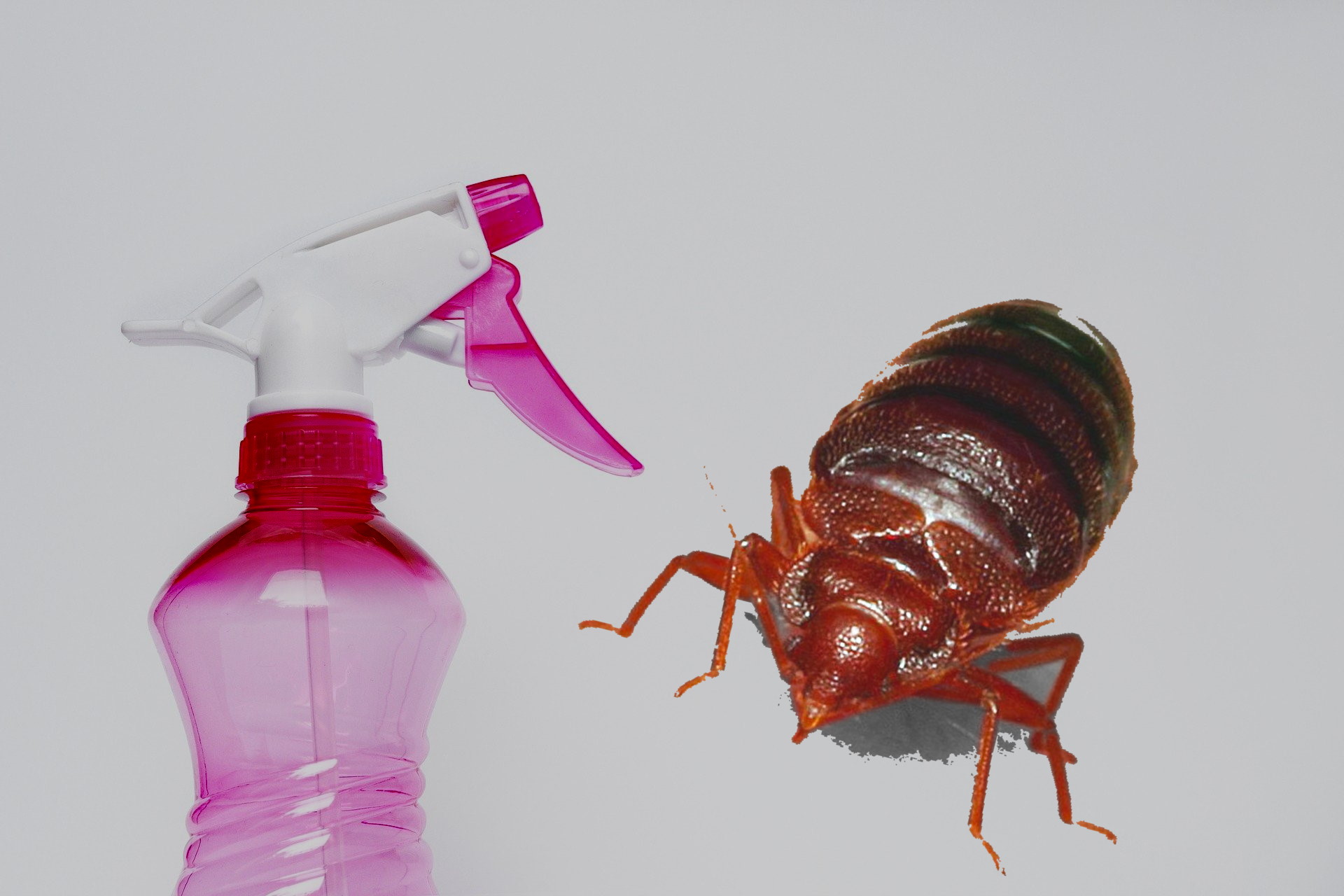For the people, who have never come across bed bugs, all the information about them is unknown. Often people don’t even know how bed bugs differ from other bugs. Here is an article about a size of bedbugs and things related to them.
How big are adult bed bugs?
The size of adult bed bugs corresponds to a size of apple seed (5-7 mm). They are brown-colored, with oval-shaped body. In case they have eaten recently, the form of their body becomes more similar to a balloon.
It may sound that 5-7 mm is not so small size, but, in fact, you wouldn’t be able to notice insect without focusing on that. The main problem is that bed bugs are flat, which allows them to hide in any hard-to-reach places.
- Related: What do Bed Bugs Look Like?
Though bed bugs can consume blood up to 3 times their own bodies weight. A fed insect can reach even 9 mm in length. Note, that bed bugs can survive for months without any provision. The average lifespan of a bed bug is about 10 months and under favorable conditions it can reach its maximum development in a month. Bed bugs are active at nights mainly and they do not have any nests.
How big are baby bed bugs?
Baby stage of life of bed bugs is named nymph. There are 5 stages of being a nymph, and all of them differ in terms of size of a being. On the 1st stage the size of a body of an insect is about 1.5 mm. Then a bed bug gains 0.5 mm in size every time it grows. So, we have such a table here with stages of development of nymphs and sizes that correspond to these stages:
| Stage | Length (mm) | Length (inch) |
|---|---|---|
| 1st | 1.5 mm | 0.06″ |
| 2nd | 2 mm | 0.08″ |
| 3rd | 2.5 mm | 0.10″ |
| 4th | 3 mm | 0.12″ |
| 5th | 3.5 mm | 0.14″ |
As a result, on the last 5th stage nymph is 3.5 mm in size. Nymphs differ from adult bed bugs not only by size, but by color as well. Baby bed bugs are translucent or whitish-yellow. If an insect is hungry, you would not be able to notice it at all. Unlike adult bed bugs, nymphs should be fed every week at least to successfully mature.
How big are bed bug eggs?
Eggs of bed bugs can reach 1 mm at maximum. Note, that bed bug eggs are almost see-through, so it would be difficult to detect them without any tools. Also, these eggs are pretty sticky, so they can be placed by insects almost anywhere. But usually, they are laid in hidden locations in clusters, for example, in lower sides of beds.
Female bed bug can lay around 200-250 eggs in her lifetime. It takes from 6 to 10 days to baby bed bugs to hatch from eggs. After a female bed bug had fed, she can begin laying eggs 3 or more days after. She will lay 3 to 8 eggs per week. Such a high fertility is a reason why it is very easy to bring infestation to your home after travelling. Even one female bed bug will be enough to get plenty of them in a few months.
How big are bed bug bites?
Size of bed bug bites ranges from 2 to 4 mm in size. Such bites will be itching intensively, especially, in the morning. Often you can find these bites in the form of cluster (a formless pattern that consists of 3 or 4 bites).
- Related: How to treat bed bugs bites?
Bed bug bites can also cause different allergic reactions, so in case you’ve noticed them, take actions immediately. Most often they can appear on uncovered parts of your body, such as hands, legs, and neck. There are blisters on top of bites sometimes. These bites can bring burning painful sensations. Some of the allergic reactions, that might happen due to bed bug bites are fever, difficulty breathing and irregular heartbeat. Therefore, bed bug bites can be especially dangerous to allergic people.
How big are bed bug stains?
Bed bug stains may range from just 1 mm to even a few centimeters. They can be red, brown, or black. Over some time, the color becomes a little bit brighter. Also, more time spent more these stains become in size. They can be found on curtains, wallpapers, furniture, and beds, of course.
Also bed bugs often enter houses via travelling bags, so pay attention to them as well. But most of their time bed bugs are hiding in nooks and crannies. It is obvious, that the biggest number of stains can be found in such places. To remove such stains, you should spray the spot with an enzyme-based laundry stain remover. It should stay on your bedding for no more than 30 minutes usually. Then you should wash your bedding.
If stains remain on bedding even after washing, you can moisten the stained areas with hydrogen peroxide and ammonia equally. Let them stay on your bedding for 15 minutes at maximum. The last step would be washing peroxide and ammonia away with cold water and drying your bedding.


